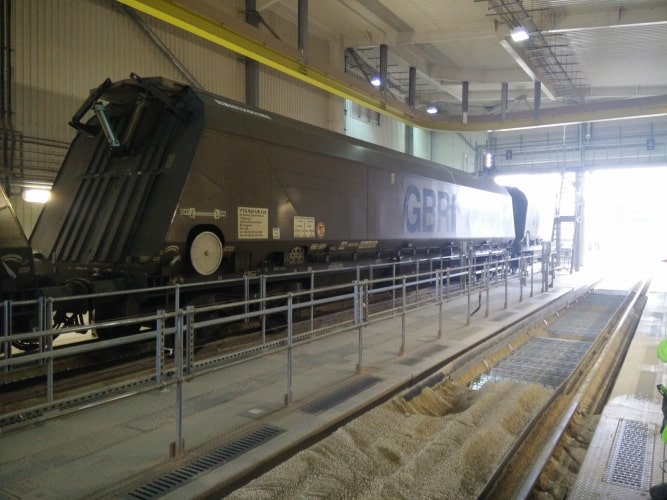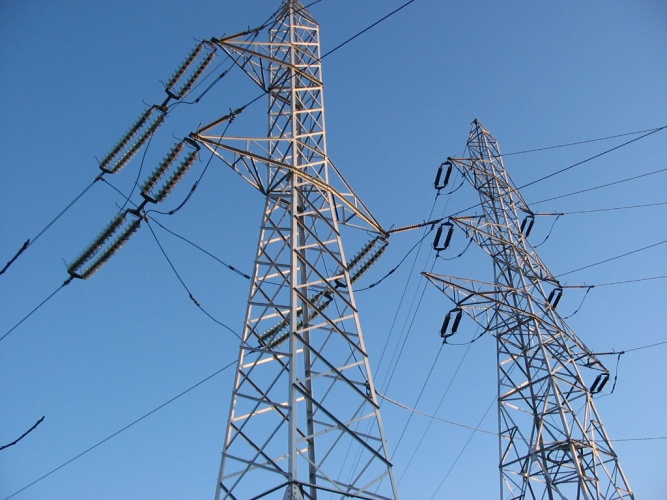In particular, plans for a new biomass plant in Grangemouth, Scotland have raised the ire of environmentalists, with Biofuelwatch lambasting the government for its CfD award. The environmental organisation has long disputed biomass’s renewable credentials, claiming it drives deforestation and produces more CO2 than coal per unit of electricity. Biofuelwatch has also expressed disappointment that six ‘energy from waste’ projects across England and Wales have received CfD awards.

“We are dismayed to see yet more subsidies going to power stations that will burn biomass and waste – neither of which are remotely sustainable,” said Almuth Ernsting, co-director of Biofuelwatch.
“We are particularly shocked to see money awarded to a large biomass power station in Grangemouth, one which we must assume will burn imported wood pellets or woodchips, in an already heavily polluted town. The UK already burns more wood in power stations than we can produce annually, which causes forest destruction in other parts of the world such as the southern US. Awarding more money to power stations to burn more wood is only going to make this problem worse.”
But while Biofuelwatch questions the credibility of biomass as a renewable power source, others claim it is an important part of the efforts to decarbonise. Dr Tim Rotheray, director of the Association for Decentralised Energy (ADE), welcomed the new biomass CHP (combined heat and power) plants, which will add a total of 85.64 MW of capacity to the grid.

“Renewable CHP plants are a key way for industrial energy users to drive down emissions, support the power networks and remain competitive,” he said.
"Decarbonising industrial energy is particularly challenging and renewable CHP offers a key tool for industry.”
Another significant development revealed in the government’s figures is the increased competitiveness of offshore wind. Two of the selected projects - Hornsea 2 and Moray Offshore Windfarm – will receive strike prices of £57.50/MWh. This is substantially cheaper than the £74.75/MWh that all but one of the biomass and ‘waste’ power plants have struck. It also casts a major shadow on the £92.50/MWh strike price that Hinkley C nuclear plant will receive.
In response to the figures, New Nuclear Watch Europe (NNWE) noted the progress made by offshore wind, while also stating that a diverse energy mix was important for future grid security. Interestingly, the organisation voiced implied criticism of the Hinkley project, stating that its strike price is not representative of costs across nuclear as a whole.

“NNWE has always argued that renewables and nuclear complement each other and both are needed,” said Tim Yeo, NNWE chairman.
“The CfD strike price for Hinkley Point has wrongly become synonymous with the cost of nuclear, however, rarely is it mentioned that there are tried and tested nuclear technologies coming onstream elsewhere at a fraction of the agreed Hinkley price.”
“Once again, NNWE urges government to give consumers the best possible deal, which means Britain needs to look beyond Europe to overseas vendors from countries such as China, Russia and South Korea. These countries have developed nuclear technologies which can generate electricity at close to half the price of Hinkley, which is lower than the latest CfD auction price for offshore wind.”


Glasgow trial explores AR cues for autonomous road safety
They've ploughed into a few vulnerable road users in the past. Making that less likely will make it spectacularly easy to stop the traffic for...